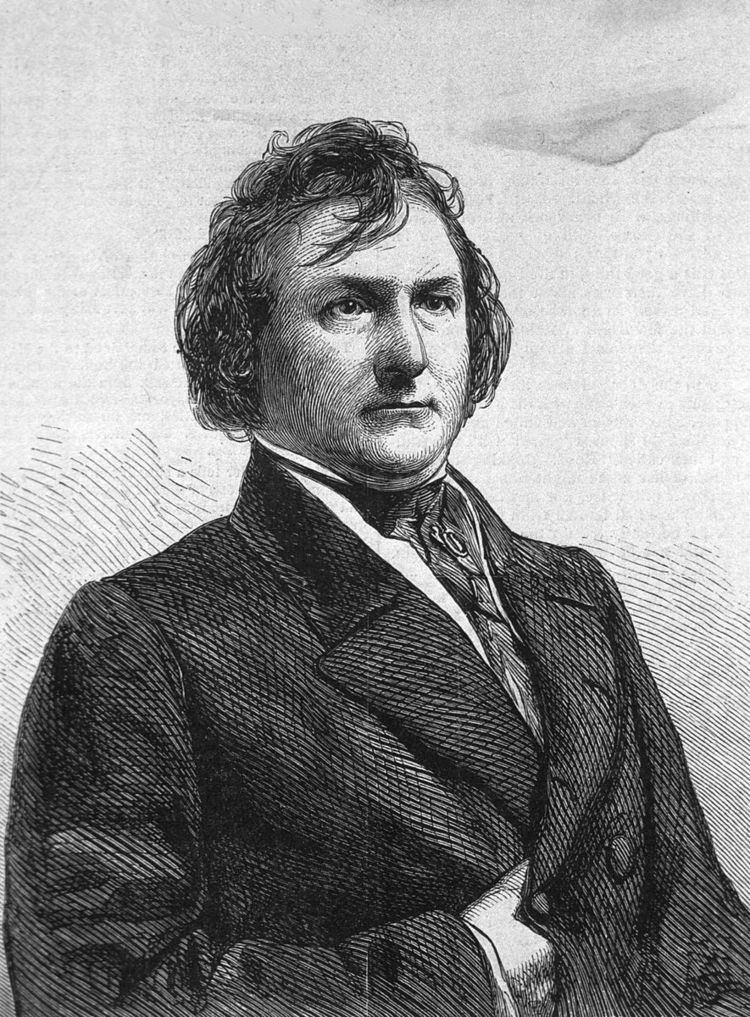Nationality United States | Name John Carnochan | |
 | ||
Born July 4, 1817Savannah, Georgia, US ( 1817-07-04 ) Died October 28, 1887, New York City, New York, United States | ||
Education University of Edinburgh | ||
John Murray Carnochan (July 4, 1817 – October 28, 1887) was an American surgeon who performed the first successful neurosurgery for trigeminal neuralgia.
Contents

Biography
John Murray Carnochan, born in Savannah, was taken to Scotland in early boyhood and did not graduate from the University of Edinburgh Medical School. Returning to New York in 1834 he entered as a student the office of Valentine Mott and took his degree of M.D. from the College of Physicians and Surgeons in New York. Devoting himself with ardor to the study of anatomy, he acquired special distinction in that field and gave lectures to private classes. In 1841, he again visited Europe, where he passed several years attending clinical lectures of the principal hospitals of Paris, London and Edinburgh. In 1847 he began practice in New York and in a short time his steadiness of nerve and boldness as an operator, gave him a high reputation as a surgeon. He later served during the war and for many years was professor of surgery of the New York Medical College. Although he was known for a dictatorial temper and consequently was on bad terms with his colleagues, he received liberal fees, wrote numerous technical monographs and died in fame. He married Estelle Morris, daughter of Major-General William Walton Morris who commanded at Fort McHenry during the Civil War. She was descended from Lewis Morris, signer of the United States Declaration of Independence. She died in New York City, on December 9, 1922, aged 84.
Work
Soon after beginning the practise of surgery in New York City, Carnochan attained a high reputation on account of his success in operations never before attempted. In 1852 he severed and tied the femoral artery, effecting a cure in an exaggerated case of nutrition (elephantiasis arabrum). The same year he removed an entire lower jaw, with both condyles. In 1854 he removed the entire ulna, and also the entire radius. In 1856 he cut down and removed the entire trunk of the second branch of the fifth pair of cranial nerves, the nerve being cut from the infra-orbital foramen to the foramen rotundum, at the base of the skull, involving an operation through the malar bone. The removal of this nerve had been decided upon to secure relief in a chronic case of neuralgia. It was entirely successful, and made the bold and accurate operator famous throughout the world. In 1851 he was appointed professor of surgery in the New York Medical College. He occupied other professional appointments, including that of surgeon-in-chief to the State Immigrant Hospital. He published Congenital Dislocations (1850) and Contributions to Operative Surgery and Surgical Pathology (1860, 1877–86). His professional activity continued almost to the day of his death; so in September 1887, a month before he died, he attended the International Medical Congress at Washington and read two papers.
